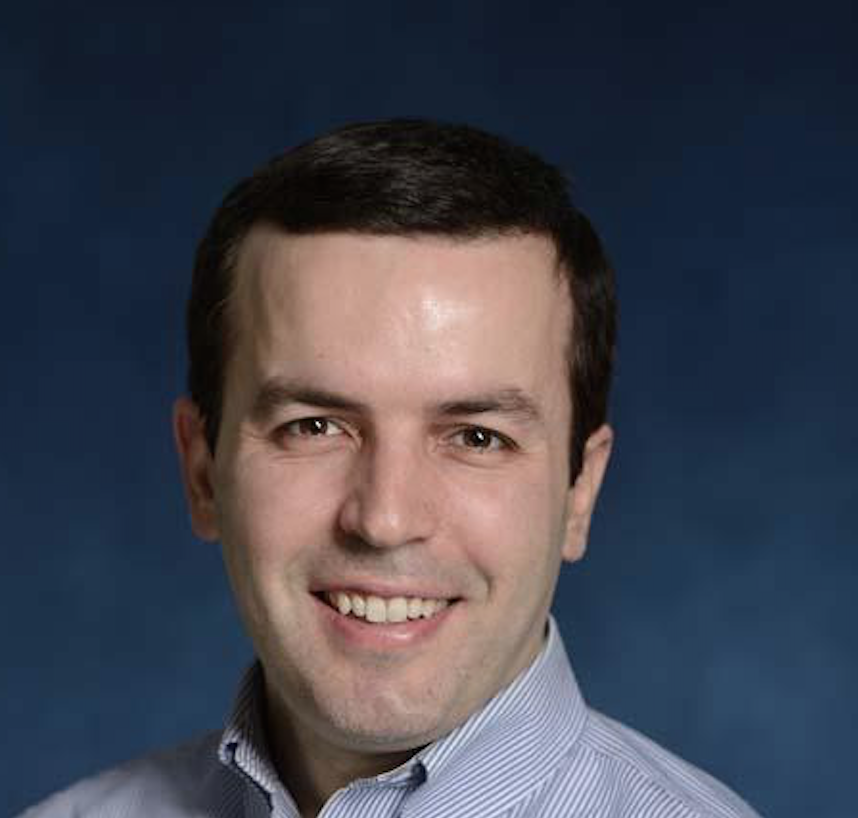Address:
Department of Mechanical Engineering
The Johns Hopkins University,
Hopkins Extreme Materials Institute,
113 Malone
Baltimore, MD, 21218
phone: 410-516-6785
Education:
Engineering Physics, PhD (2008),
U. Illinois, Urbana
Origin: Athens, Greece
[ezcol_2third_end]
[/ezcol_2third_end]
[ezcol_1third]
![]()
MY CONTACT
Email:
![]()
[/ezcol_1third]
[ezcol_2third_end]
Research
In general terms, my interests lie in the field of statistical mechanics of frustrated systems. Such systems may range from a pile of M&Ms in a box to a system of closely packed set of dominoes. A large collection of nature’s interesting systems are highly frustrated. In such systems, traditional thermodynamics and statistical mechanics fail to provide accurate intuition on the emergent phases of matter as different material parameters are altered. For this purpose, we use numerical and analytical approaches to investigate such systems: Renormalization group techniques, Monte Carlo methods, as well as efficient numerical solution of partial differential equations (PDE) are all used in combination to provide deep insights into a variety of physical phenomena. The focus is on systems that are close to real-world applications, such as deformation phenomena in biological and geophysical settings and granular piles at high densities.
The principal direction of research is the fundamental understanding of mechanical deformation and crystal plasticity near material boundaries, as they might emerge as grain-grain boundaries, free boundaries or grain-inclusion/substrate boundaries. In such environments, plastic mechanical deformation is strongly correlated in space and time, in ways that cannot be described by traditionally successful (in bulk) constitutive approaches: Strong size effects and abrupt multiscale plastic events appear to be common features, and dynamical material behavior resembles more glasses than crystals. In close connection to experimental efforts performed in my group and elsewhere we aim at developing theoretical models that can provide deep physical insights on the length and time scales involved in the interplays of elastic and plastic deformation.[/ezcol_2third_end]
News
| December 2014 Stefanos Papanikolaou joins Johns Hopkins University as an assistant research professor. |
| January 2015 Stefanos Papanikolaou is awarded a $400.000 personal grant by AFOSR to perform statistical analyses and modeling for short-crack growth in Ni. |
| March 2015 Stefanos Papanikolaou co-organizes the American Physical Society (APS) Focus Topic on Cooperative Phenomena in Plasticity, with 34 speakers in 3 sessions. |
| April 2015 Stefanos Papanikolaou becomes, for 2 days, a national judge for the High-school science AFOSR national competition. Congratulations to the winners! |
| May 2015 Stefanos Papanikolaou is awarded a DOE grant of $585.000 to perform statistical analysis and experiments on thin-film nanoindentation of micrograins. |
| July 2015 Stefanos Papanikolaou is awarded a NIST grant of $160.000 to develop intelligent methods for building experimental micrograph-based modeling tools for crystal plasticity. |
| July 2015 Our group publishes a new paper on the fundamentals of continuum dislocation dynamics theories titled: “Irregularization” of Systems of Conservation Laws |
| July 2015 Stefanos Papanikolaou participates in the GRC Physical Metallurgy conference. |
| August 2015 Multiple postdoctoral positions are available in the Papanikolaou group. |
| September 2015 Papanikolaou’s group presents a poster on “From micro-pillar uniaxial compression to micro-grain nanoindentation under multiaxial stress: Control and understanding of abrupt and stochastic plastic events” at the DOE contractors meeting in Gaithersburg, MD. Papanikolaou chairs a session at the meeting. |
| October 2015 Papanikolaou presents at the Chemical Engineering and Materials Science department seminar at Michigan State University, with a talk titled: “Size effects and stochastic plastic events in uniaxial crystal compression: a minimal discrete dislocation model “ |
| October 2015 Papanikolaou presents at the Mechanical and Nuclear Engineering department seminar at Penn State University. |
| November 2015 Papanikolaou’s group welcomes senior undergraduate student Glenn Galbus, who will be working on nanoindentation of polycrystalline thin copper films. |
| November 2015 Papanikolaou presents at the 2015 MRS Fall Meeting. |
| November 2015 Our group publishes a new paper on the character of stochastic dislocation flow in crystal plasticity named: Strengthening and plastic events in crystals: The role of dislocation surface sources |
| December 2015 The graduate class on Crystal Plasticity successfully ended with the student term-paper presentations on: Preparing a homework set based on the calculational details of a highly respected research paper in crystal plasticity. |
| January 2016 Papanikolaou presents at the Computational and Data Science department seminar at George Mason University. |
| January 2016 Papanikolaou’s group welcomes the first-year graduate student Shamseddin (Hamed) Akhondzadeh, who will be working on data analysis and simulations of nanoindentation. |
| January 2016 The special graduate class, with 18 registered students, on Statistical Mechanics and Extreme Value Distributions (530.616) starts. The course covers a number of aspects of statistical mechanics, with our focus on developing an understanding of non-equilibrium dynamics and studying multiple examples using the Python or Matlab language. A teaching assistant position is currently available! |
